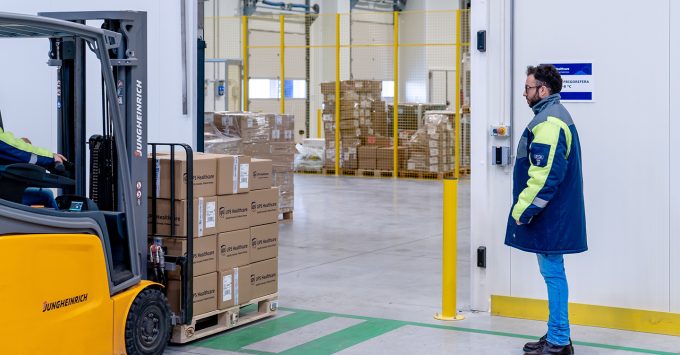News in Brief Podcast | Week 7 | Tariff pandemonium and port congestion
In this episode of The Loadstar’s News in Brief Podcast, host and news reporter Charlotte Goldstone ...

UPS’s expansion in the healthcare logistics sector is about more than a push to boost income from a profitable sector: the integrators are facing some difficult strategic choices.
Last week, UPS strengthened its position in the healthcare field in Europe with the acquisition of Frigo-Trans and its sister company BPL, which specialise in time-critical cold chain logistics and warehousing with temperature zones as low as -196ºC.
In light of the integrator’s previous moves in this arena, it was hardly surprising, but it ...
Freightmate 'a product of theft, not ingenuity' says Flexport
Ceva Logistics UK named and shamed as a 'serial late-payer'
China hits out at Hutchison plan to sell Panama port holdings to MSC
Liners plan more rate hikes to halt renewed container spot rates decline
Mercedes-Benz places record order for SAF with DB Schenker
White House can't see that trade war will hit US agriculture hardest
Maersk vessel forced to omit Cape Town as congestion mounts
Cyber-attacks a bigger threat to cargo owners than cargo ships

Comment on this article